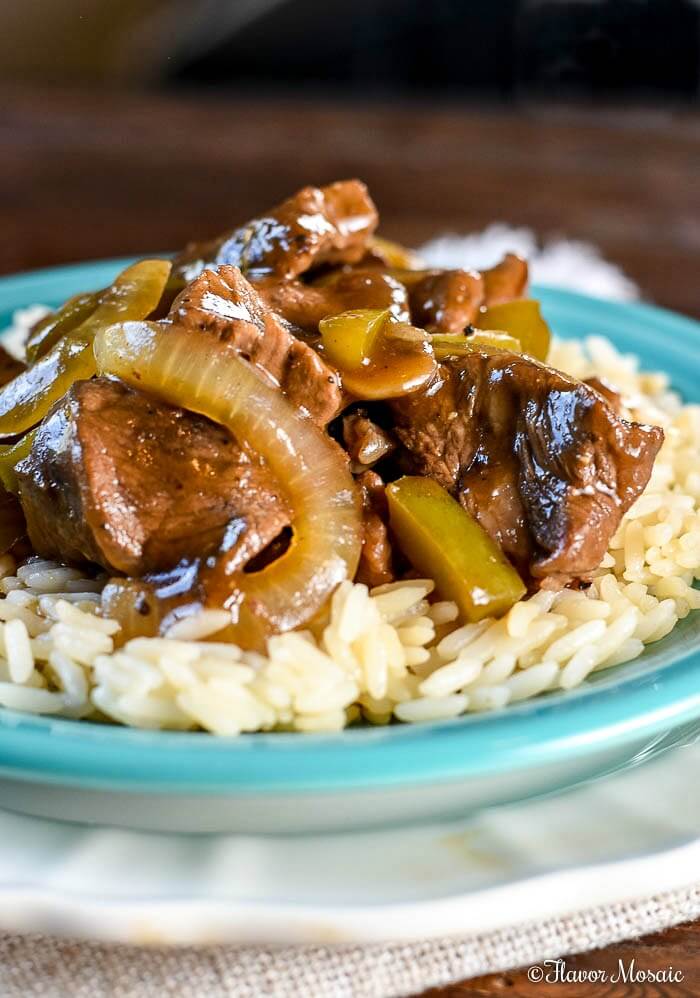Sourcing Sustainable and Morally Elevated Meat for Your Home
Sourcing Sustainable and Morally Elevated Meat for Your Home
Blog Article
From Farm to Table: Fresh and Costs Meat Choices
The trip of meat from ranch to table envelops a complicated interaction of top quality, values, and sustainability. With an increasing emphasis on fresh and exceptional choices, consumers are now much more likely to think about the origins of their food, bring about a renewed concentrate on lasting farming techniques and pet welfare requirements. This shift not only enhances the dietary account of meat however likewise supports regional economies. However, the effects of these choices extend much past personal health and wellness and regional farming. What does this mean for the future of food systems and customer practices?
Recognizing Meat Sourcing
As customers end up being increasingly familiar with the beginnings of their food, comprehending meat sourcing has gained critical relevance. Meat sourcing includes tracing the journey of meat from farm to table, encompassing different variables such as farming methods, animal welfare, and environmental effect. This awareness equips consumers to make educated selections that align with their worths, particularly pertaining to sustainability and ethical factors to consider.
The sourcing of meat can vary substantially based on several criteria, including the type of livestock, farming techniques, and geographical location. For example, grass-fed beef commonly comes from pasture-based systems that promote animal well-being and minimize ecological degradation. Alternatively, standard meat may involve intensive farming methods that elevate concerns concerning antibiotic use and habitat damage.
Additionally, traceability plays a crucial duty in meat sourcing. Knowing the specific farm or area where the meat stems assists consumers ensure high quality and safety and security. Several consumers currently seek certifications or labels that indicate gentle therapy and lasting methods, reflecting an expanding demand for transparency in the food supply chain. Inevitably, recognizing meat sourcing not just boosts customer choice yet additionally promotes accountable intake and sustains moral farming practices.
Advantages of Fresh Meat
Choosing fresh meat uses countless benefits that extend past flavor and appearance. Fresh meat normally preserves higher nutritional worth contrasted to its icy or processed counterparts. It is typically richer in crucial vitamins and minerals, such as B vitamins, iron, and zinc, which are vital for keeping total health.
Furthermore, the sourcing of fresh meat typically entails shorter supply chains, reducing the time between ranch and table. This implies that the meat is less likely to lose its dietary integrity during transport and storage space. In addition, customers can experience boosted preference and juiciness, which can boost culinary experiences.
Fresh meat also provides a possibility for customers to support regional farmers and advertise lasting farming techniques. When buying from neighborhood sources, people can add to their regional economic climate and foster a higher connection to the food they take in.
Last but not least, fresh meat is typically devoid of the preservatives and ingredients frequently discovered in processed options. This makes it a cleaner, much healthier option for those seeking to decrease their consumption of man-made components. Generally, the benefits of choosing fresh meat encompass health, taste, and a sense of area interaction.
Animal Welfare Requirements
Making sure high pet well-being criteria is important for both moral considerations and the top quality of meat products. The treatment of animals straight affects not only the moral ramifications of meat production but also the general quality and safety and security of the end items. Animals increased in gentle problems are less worried, bring about much healthier pets and, subsequently, superior meat high quality.
Laws and qualifications worrying pet welfare have become significantly significant in the meat industry. These structures guarantee animals are given with appropriate room, proper nutrition, and humane handling throughout their lives. Practices such as pasture-raised systems and free-range environments add to far better pet welfare Visit This Link by allowing animals to exhibit all-natural habits, which is essential for their wellness.
Additionally, customers are coming to be extra discerning concerning the sources of their meat, resulting in a growing need for products that comply with rigid animal welfare requirements. This change not only promotes ethical farming techniques but likewise urges manufacturers to embrace procedures that improve the wellness and well-being of their animals. Meat. Eventually, focusing on pet welfare is not just a moral imperative; it is also a path to creating premium-quality meat that fulfills customer assumptions

Lasting Farming Practices
Sustainable farming methods play an essential duty in improving both animal welfare and the quality of meat items. By implementing rotational grazing, farmers can advertise healthy pasture environments, enabling animals to feed on nutrient-rich yards while protecting against overgrazing.
Furthermore, sustainable farming typically incorporates integrated insect management and organic feed options, minimizing using damaging chemicals. This technique not just safeguards animal health yet likewise leads to cleaner, much safer meat products for consumers. Water conservation strategies, such as rainwater harvesting and reliable watering systems, additionally add to lasting methods, making sure that sources are made use of judiciously.
Moreover, cultivating biodiversity with polyculture systems and protecting habitats for wildlife boosts the durability of farming environments. By prioritizing these sustainable techniques, farmers can create high-grade meat that meets customer demand while advertising environmental equilibrium. Ultimately, embracing lasting farming methods is vital for creating an extra responsible and resistant food system that benefits animals, farmers, and customers alike.
Choosing High Quality Over Amount
Regularly, consumers are encountered with the issue of choosing between amount and quality when it involves meat items. While purchasing bigger quantities might appear financially helpful, the long-lasting benefits of picking top notch meat far exceed the instant savings. Quality meat is often sourced from pets elevated in sustainable settings, why not find out more where they are offered proper nourishment and treatment, bring about exceptional flavor and dietary worth.
High-grade meats are normally devoid of harmful ingredients, hormonal agents, and informative post anti-biotics that are usually existing in mass-produced choices (Meat). This not just ensures a much healthier eating experience however likewise supports ethical farming techniques that focus on pet welfare. Additionally, costs meats tend to have a much better appearance and flavor, improving the general cooking experience
Spending in high quality meat encourages customers to value smaller portions, permitting for an extra mindful strategy to consuming. This shift not just affects individual health positively yet additionally advertises sustainable consumption patterns that can profit the atmosphere. To conclude, prioritizing quality over amount when selecting meat items cultivates a much more accountable and health-conscious lifestyle, ultimately enhancing both the eating experience and the earth.
Conclusion

Report this page